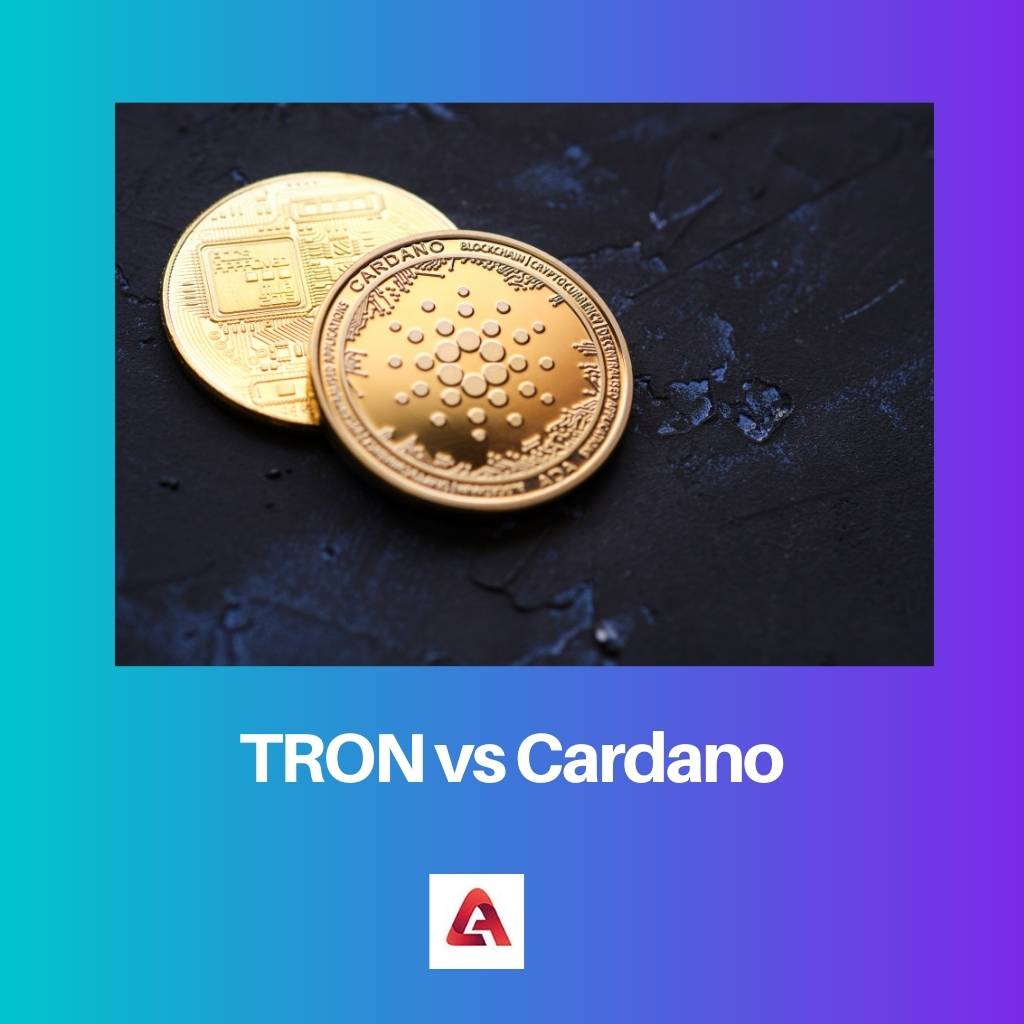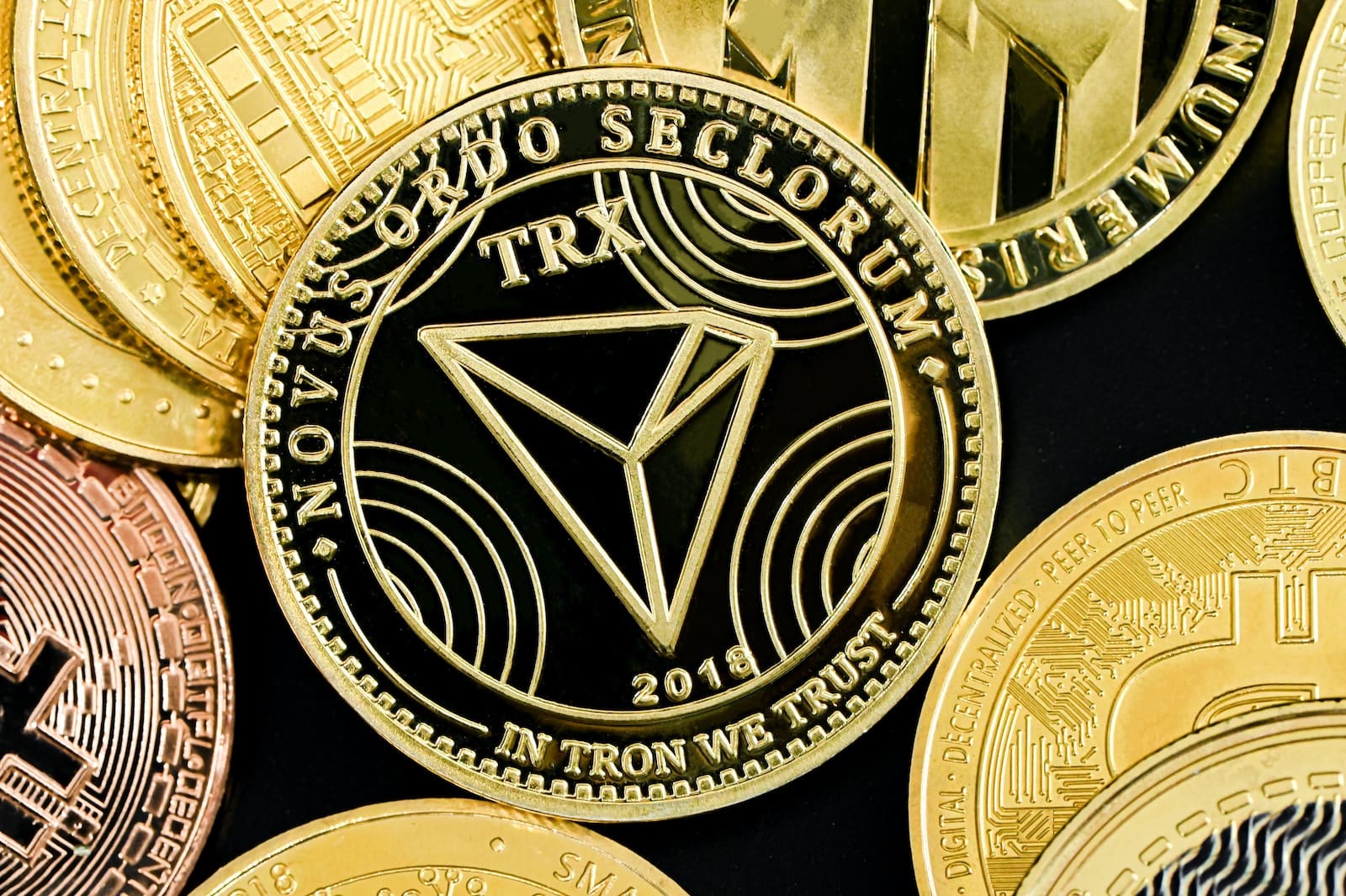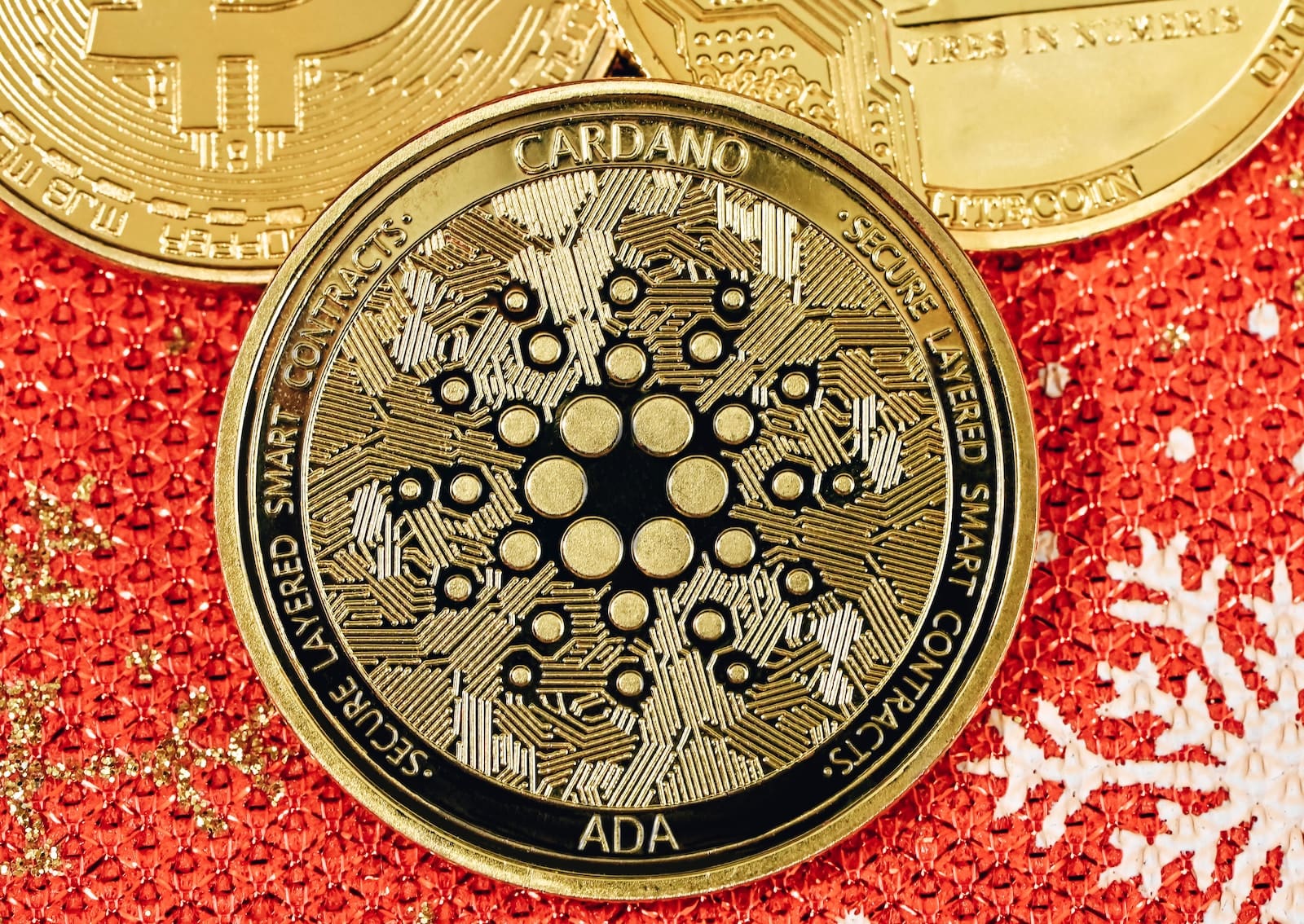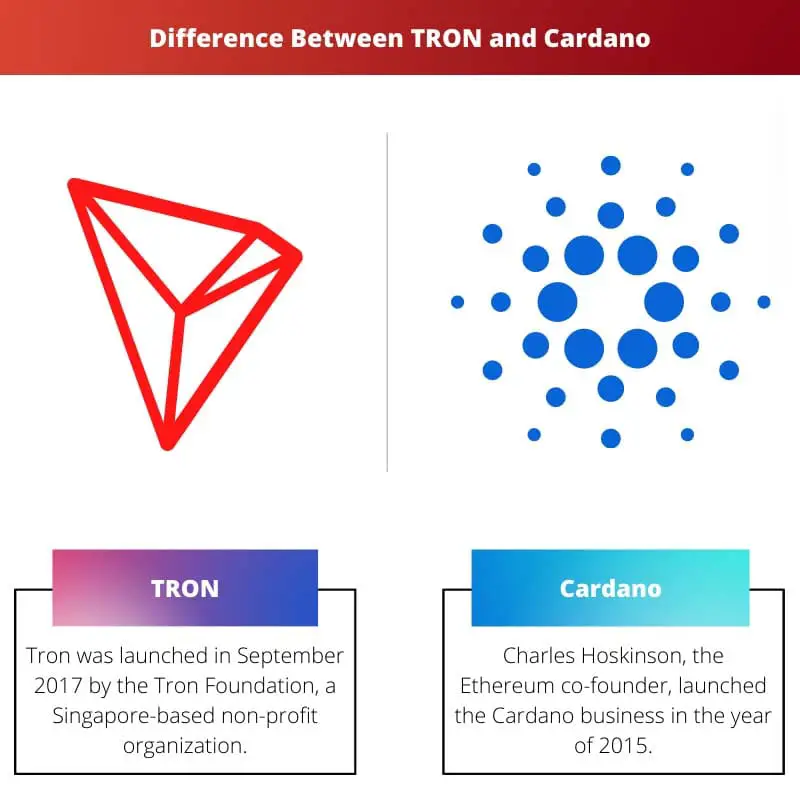TRON and Cardano are both blockchain platforms for change-makers and creators. Hence, as both of these platforms have a huge role to play in bringing about a positive change in global markets and belong to the same category, many confuse them to do the same work.
However, there are certain points of difference between them.
Key Takeaways
- Tron is a blockchain platform that focuses on providing a decentralized entertainment ecosystem. At the same time, Cardano is a decentralized platform that aims to provide a more efficient and secure way of transferring and storing digital assets.
- Tron uses a delegated proof of stake consensus mechanism, which allows users to vote for super representatives responsible for verifying transactions. In contrast, Cardano uses a proof of stake consensus mechanism, which provides a more energy-efficient way of verifying transactions.
- Tron has its native cryptocurrency called TRX. In contrast, Cardano has its cryptocurrency called ADA, which is used to pay for transaction fees and other services on the Cardano network.
TRON vs Cardano
Tron is a blockchain platform that aims to create a decentralized entertainment platform where content creators can connect directly with their audiences without intermediaries. Cardano is a blockchain platform that aims to be sustainable that can support a wide range of decentralized applications.

Tron is becoming a competitor to payment processors like Paypal because of its capacity to facilitate content sharing to major domains like Facebook and YouTube. For investing in purpose-driven cryptocurrencies, Tron is generating headlines by taking on Google Play and Apple, which offer the same service at a greater price.
Cardano’s goal is to simply tackle some of the most common blockchain network concerns, including scalability, sustainability, and interoperability. Its price has risen dramatically in the last year.
Developers are working on a feature to support smart contracts shortly, also resulting in an additional price boost. It does not have online support.
Comparison Table
| Parameters of Comparison | TRON | Cardano |
|---|---|---|
| Algorithm | TRON uses the Lamport algorithm. | Uses Ouroboros as an algorithm. |
| Support | TRON has online support. | Does not have online support. |
| Road maps | TRON’s roadmap is still in its infancy. It doesn’t make them more believable to name phases after Star Trek. | Has a strong staff and a well-thought-out road map. |
| Consensus | Delegated Proof of Stake (DPoS). | For Cardano, it is Proof of Stake (PoS). |
| Use | Content users can use Tronix to pay for the content they want to access. | Identity management and traceability are two of Cardano’s key applications. The former can be used to streamline and simplify operations involving numerous sources of data collection. |
What is TRON?
Tron is a decentralized blockchain-based platform that intends to create a free, global digital content entertainment system using distributed storage technology, allowing for easy and cost-effective digital content distribution.
Tron was launched in September 2017 by the Tron Foundation, a Singapore-based non-profit organization. It is led by CEO Justin Sun and has an in-house development team that comprises well-known technology veterans.
Tron is a potential attempt in the blockchain field because of its well-defined long-term strategy with date-tagged milestones, as well as the growing popularity of digital content with the promise of decreased pricing. The support of wealthy and well-established Chinese investors further bolsters its chances.
Tron is a large-scale project with several potential milestones in the next years. It is written in Java and uses the Lamport algorithm.
It has online support.
Tron’s price is so low because its Circulating Supply is so high. Circulating Supply determines the price, and the higher the supply, the lower the price.
TRON, according to the majority of crypto experts, maybe a solid investment. Although the price is still quite low, it is commonly believed that it will rise in the future, especially as the demand for dApps grows.

What is Cardano?
Cardano is an innovative and visual platform that offers the tools for changers and spectators and the techniques they need to enable many and the few and make positive global change feasible.
Charles Hoskinson, the Ethereum co-founder, launched the Cardano business in the year of 2015. The Cardano Foundation, situated in Zug, Switzerland, oversees and supervises the progress of the project.
Cardano does not have a white paper, which is unusual. Instead, it employs design principles aimed at addressing challenges like scalability, interoperability, and regulatory compliance that plague existing cryptocurrencies.
Like Ethereum, Cardano is a smart platform but has a scalability-and safe layered design. Cardano’s technique is unique in space, as it is founded on scientific philosophy and peer-reviewed academic study.
Cardano has had a lot of success. With the help and backing of market capitalization, it is now the fifth-largest cryptocurrency.
Cardano has a vibrant programming community, and the project piqued attention in 2021 as the topic of cryptocurrency’s environmental impact took centre stage.
A superb development team, enormous scalability potential, speedy and cheap transactions with the ADA coin, a fair consensus process, and the ability to create decentralized applications are just a few of the notable advantages of Cardano.

Main Differences Between TRON and Cardano
- TRON uses the Lamport algorithm, while Cardano uses Ouroboros as an algorithm.
- TRON has online support, while Cardano does not have online support.
- TRON’s roadmap is still in its infancy. It doesn’t make them more believable to name phases after Star Trek, whereas Cardano Has a strong staff and a well-thought-out roadmap.
- For TRON, the consensus is Delegated Proof of Stake (DPoS), and for Cardano, the consensus is Proof of Stake (PoS).
- Content users can use Tronix to pay for the content they want to access. On the other hand, identity management and traceability are two of Cardano’s key applications. The former can be used to streamline and simplify operations involving numerous sources of data collection.



